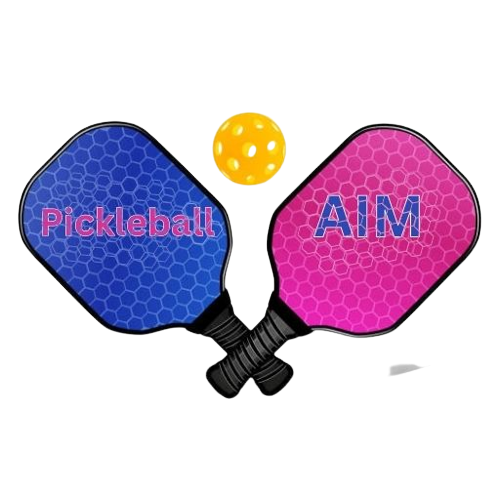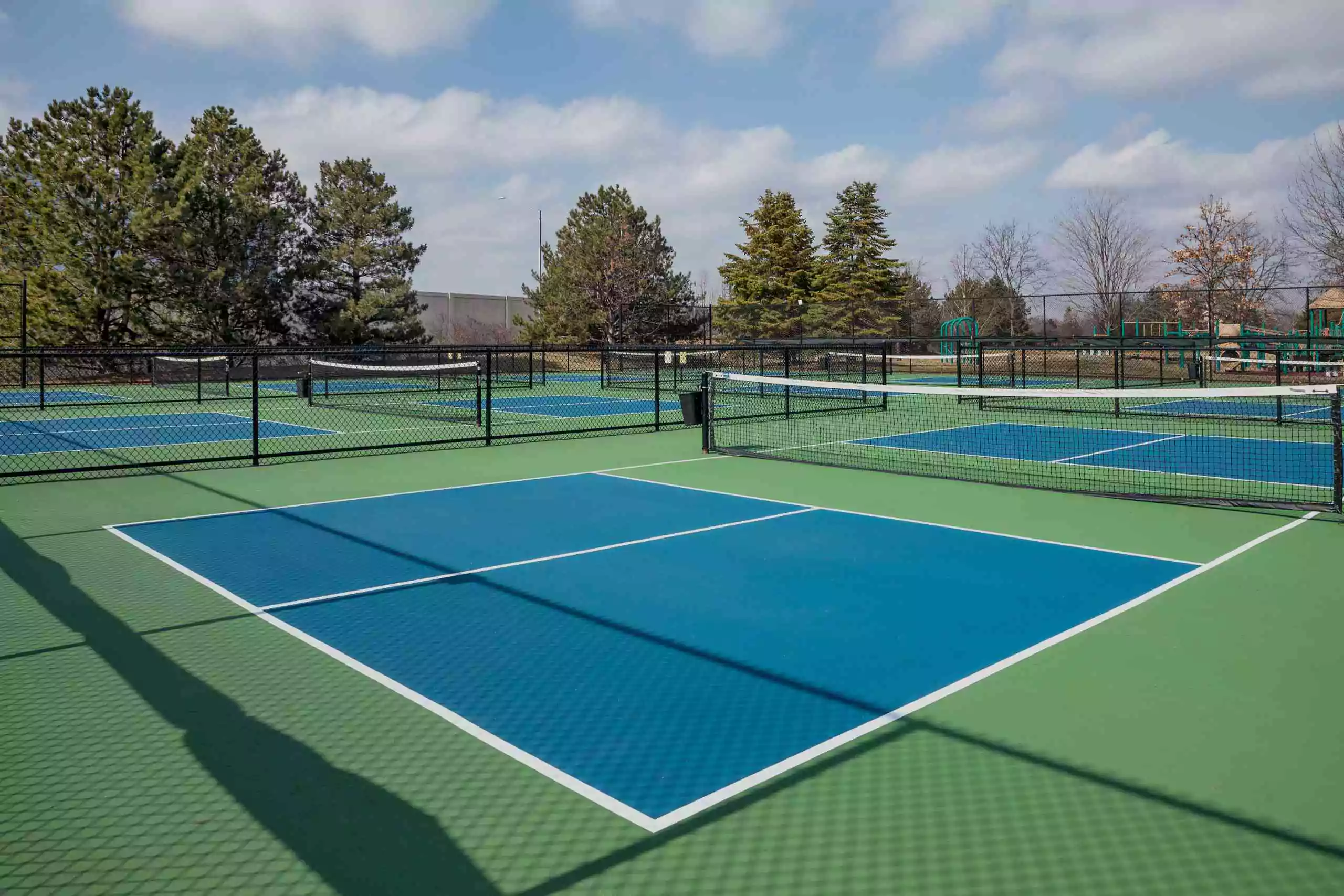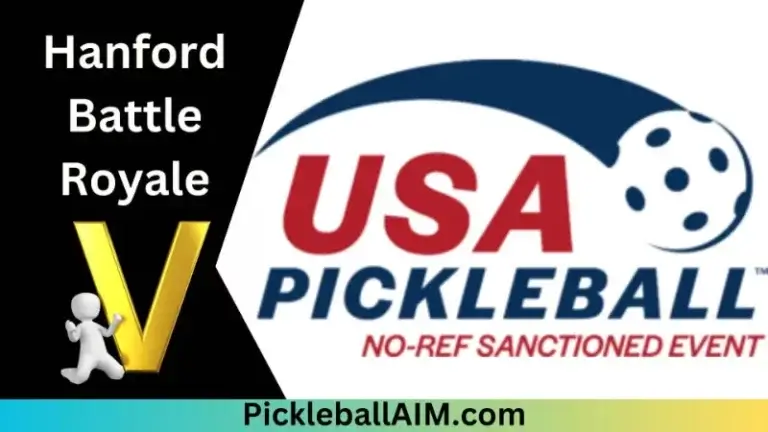From Planning to Play: Your Complete Guide to Hosting a Pickleball Tournament
Hosting a pickleball tournament can be a rewarding way to bring together enthusiasts of the sport, promote community engagement, and perhaps even raise funds for a good cause. Whether you’re planning a local event or aiming for something on a larger scale, the key to a successful tournament lies in meticulous preparation and organization. This guide provides a comprehensive walkthrough of all the necessary steps to host an effective and enjoyable pickleball tournament.
Step 1: Define the Scope and Objectives
Before diving into the details, it’s important to define the scope and objectives of your tournament. Determine whether the event is local, regional, or national. Are you aiming to attract top-level players, or is it more about community participation? Also, consider the purpose of the event—whether it’s to raise awareness for a cause, generate funds, or simply bring pickleball enthusiasts together.
Step 2: Set the Date and Venue
Choosing the right date and venue is crucial. You need to consider the availability of local facilities with pickleball courts. Public parks, recreation centers, or local clubs often have the necessary infrastructure. Ensure the venue has enough courts to accommodate your planned number of participants and spectators, along with adequate parking and restroom facilities. When setting the date, avoid conflicts with major holidays or other local events that could affect turnout.
Step 3: Budget and Sponsorship
Develop a detailed budget that includes all potential costs: venue, equipment, prizes, promotional materials, and other logistical needs. Once your budget is set, seek sponsorships from local businesses or national brands that align with your event’s goals. Sponsors can offset costs, provide prizes, or help with promotions, significantly enhancing the tournament’s appeal and reach.
Step 4: Rules and Format
Decide on the tournament format based on the number of participants and the competition level. Common formats include single elimination, double elimination, or round robin. Also, clarify the rules to ensure they align with those of recognized pickleball organizations like USA Pickleball. This adds legitimacy to your tournament and ensures uniformity in gameplay.
Step 5: Registration Process
Set up a registration process that is straightforward and accessible. Online registration platforms can simplify this process, allowing participants to sign up and pay any registration fees with ease. Clearly communicate what the registration fee covers (e.g., t-shirts, refreshments, participation certificates). Consider early bird discounts or group rates to encourage early sign-ups.
Step 6: Promote Your Tournament
Effective promotion is key to ensuring a good turnout. Utilize social media, local sports clubs, community bulletin boards, and email newsletters. Create engaging content that highlights the fun, competitive, and community aspects of the tournament. Encourage local sports figures or influencers to endorse or participate in the event to boost visibility.
Step 7: Staff and Volunteers
Organizing a tournament requires a team of dedicated individuals. Recruit volunteers to help with everything from setup and takedown to scorekeeping and refreshments. Ensure there are enough people to handle registrations, resolve conflicts, and provide first aid if necessary. Providing volunteers with freebies, such as t-shirts or food, can be a great incentive.
Step 8: Equipment and Facilities
Ensure you have all the necessary equipment: pickleball paddles, balls, nets, and court maintenance tools. Check the condition of the courts well in advance and plan for any needed repairs or maintenance. Also, arrange for amenities like water stations, seating for spectators, and shade structures if the event is outdoors.
Step 9: Day-of Logistics
On the day of the tournament, have a clear timeline and ensure all volunteers know their roles. Set up a welcome desk for registration and information. It’s important to have a contingency plan for weather issues or other unforeseen events. Keep communication channels open among team members with walkie-talkies or mobile phones to manage the event smoothly.
Step 10: Awards and Recognition
Recognize the winners with appropriate awards, which could include trophies, medals, or product prizes. Also, consider recognition for participants, such as certificates or small gifts to thank them for their participation. This not only rewards players but also encourages them to return for future tournaments.
Step 11: Post-Tournament Follow-Up
After the tournament, send out thank-you emails to participants, volunteers, and sponsors. Include a survey to gather feedback on what worked well and what could be improved. Share highlights and photos from the event on social media and your event website to maintain engagement and build momentum for future tournaments.
Hosting a pickleball tournament requires thorough planning and organization but can be extremely rewarding. By following these detailed steps, you can ensure a successful event that participants will enjoy and remember. Not only does it strengthen the pickleball community, but it also promotes physical activity and brings people together in a fun, competitive environment. Start planning your pickleball tournament today and watch as your community comes alive with the excitement and camaraderie of the game.







